SLA/DLP
SLA is the very first 3D printing technology, developed in 1986. It uses photo-sensitive polymers (resins on the basis of epoxy) which are hardened by a UV beam.
DLP is a similar technology to SLA where hardening works on a blanket basis, always one whole layer at a time. This is done by a UV projector.
Both technologies are characterised by an extremely high surface quality. Technologically, they require printing of supports which maintain the dimensions and shape of the product.
Why is SLA/DLP unique?
Thanks to a small diameter of the source UV beam of 130 to 150 micrometres and layer height of 25 to 100 micrometres, it is possible to produce parts in very high surface quality and precision with SLA, one of the best 3D printing technologies. SLA and DLP offer a broad portfolio of materials suitable for various applications, such as prototyping, functional products with high strength or flexibility, medicine or injection moulds production. Another advantage is a relatively high printing volume which enables printing of large parts in high quality.
Experience exceptional precision and level of detail with a broad portfolio of materials.
- High surface quality
- High level of detail
- High precision of production
- Broad portfolio of materials for various applications
When is SLA/DLP most suitable?
- Visual prototypes for product design and market validation
- Presentation and design models with high level of detail
- Prototypes with limited mechanical properties
- Positives for production of injection moulds for vacuum casting
- Lower-volume series of parts with complex shapes intended for end users
Technical parameters
| Parameter | Value |
|---|---|
| Avarage lead-time | Already from 24 hours, depending on the size and number of components and amount of finishing works |
| Print accuracy | ± 0,5%, best ±0,15 (achievable with printing relatively small parts) |
| Layer thickness | at least 25 micrometers |
| Mimimum wall thickness | 0,4 mm |
| Print volume | 145 x 145 x 175 mm |
| Surface quality | Parts after printing have very smooth surface without visible signs of layering. Color and degree of transparency depends on material |
Materials
There are several types of resins for SLA/DLP technologies which can be used for various applications:
Formlabs Black – a versatile black material suitable for prototypes and functional parts. Excellent surface quality directly from the printer, a balanced ratio of properties. Download datasheet
Formlabs White – a versatile white material suitable for prototypes and functional parts. Excellent surface quality directly from the printer, a balanced ratio of properties. Download datasheet
Formlabs Grey Pro – a versatile material suitable for prototypes and functional parts. Excellent surface quality directly from the printer, a balanced ratio of properties.Download datasheet
How does SLA/DLP work?
The SLA/DLP technologies work on the principle of hardening light-sensitive polymer (resin) by UV light. The energy contained in the UV light with specific output and wave length changes chemical properties and structure of the thermoplastic by hardening it locally. After the hardening of every layer is finished, the whole object is unstuck from the base plate because they are strongly connected via a chemical reaction. Subsequently, it is positioned again and the whole process repeats for next layers.
Video demonstrating the principle and application of the SLA technology:



